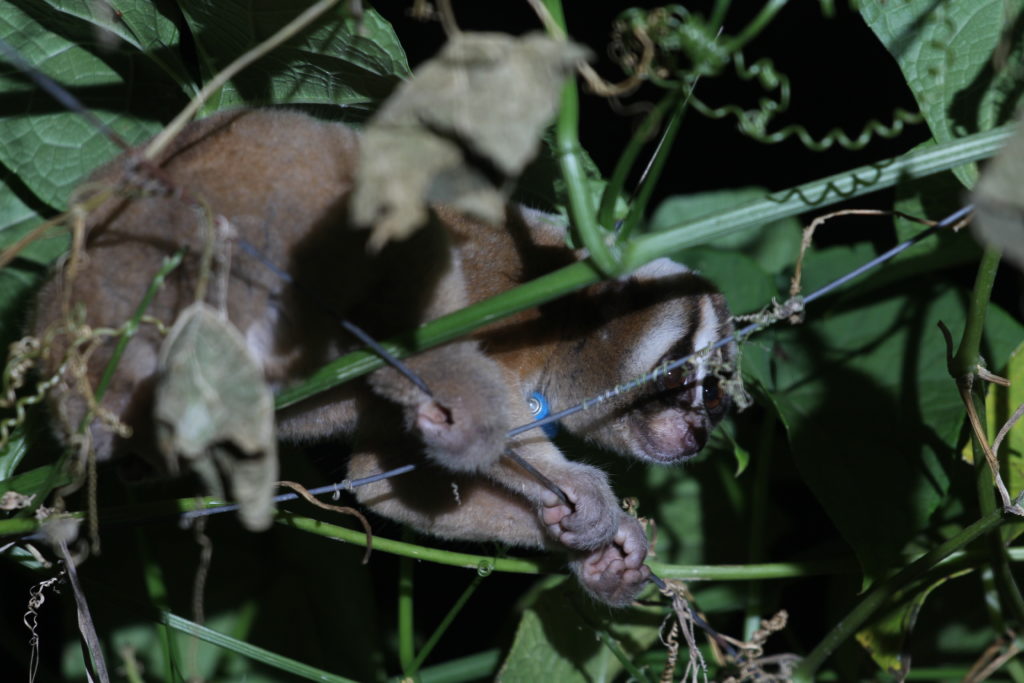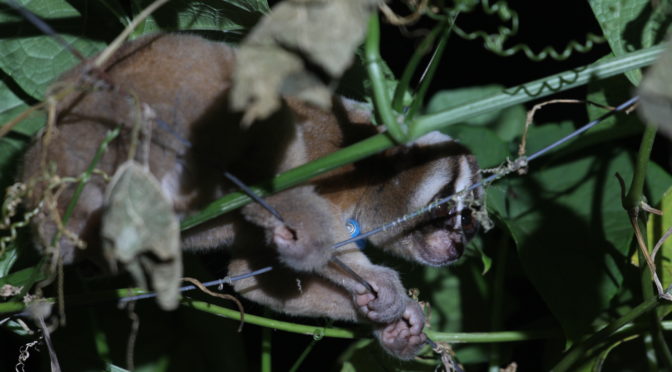Volunteering in LFP, for some reason I can’t believe it till now. The atmosphere of how LFP staff and another volunteer is very open for me. Cipaganti Village, the place where LFP stay is a cold place for sure, but the people who lives among us give a warm vibe that we forgot how cold it was. Javan slow loris observation is a must, still I can enjoy the beautiful landscape of Cipaganti. It is an agroforest with many farmers, who have an interesting relationship with the local slow lorises.
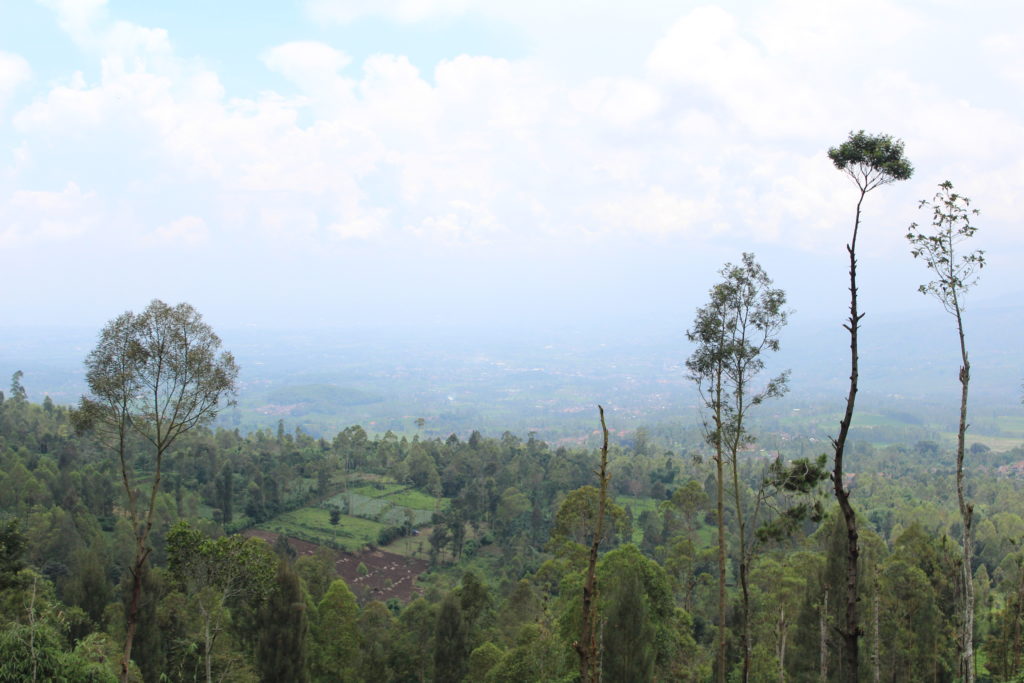
Cipaganti Landscape
The landscape of Cipaganti Village consist with cropland which own by most of the villagers (who also mainly a farmer) mixed with trees. That kind of landscape in Cipaganti, they called it Talun. Talun or Kebun tatangkalan (in sundanese) is a kind of agroforestry that commonly seen in West Java. The landscape of Cipaganti gives a forest like vibes, especially at dawn. Usually, dawn is the time when I just finished my observation and making my way back to the LFP office from the Talun. Sunrise is when the farmers start going to their field to take care of their crops. Seeing the farmers go to their field with the sunrise watching them is some moment you’ll cherish.
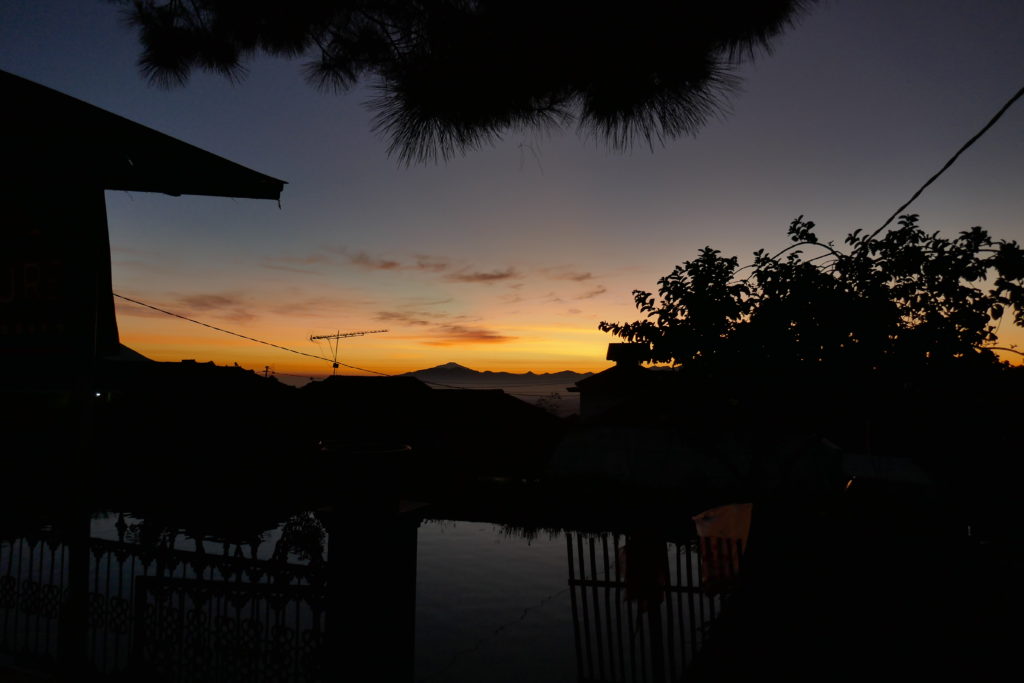
Chayote
Most farmers in Cipaganti plant chayote (a gourd grown on large vines) as their main commodity. Besides choosing chayote as their main commodity, farmers in Cipaganti also choose tea, tomatoes, cabbage, and chili as their commodity. Economic factor is the main reason why the farmers choose chayote. There is a one-time big investment to buy the chayote seed, fertilizer, and bamboos for the frames. Then to sustain the chayote you have a continual income. That’s because in the cultivation and after harvesting it you don’t have to buy the seed and bamboos (which cost you the most) and just buy the fertilizer to keep the soil and chayote maintain their fertility. Local forest trees like Kayu Putih, Jengjen, and Suren are some of the trees that farmers plant along their field border.
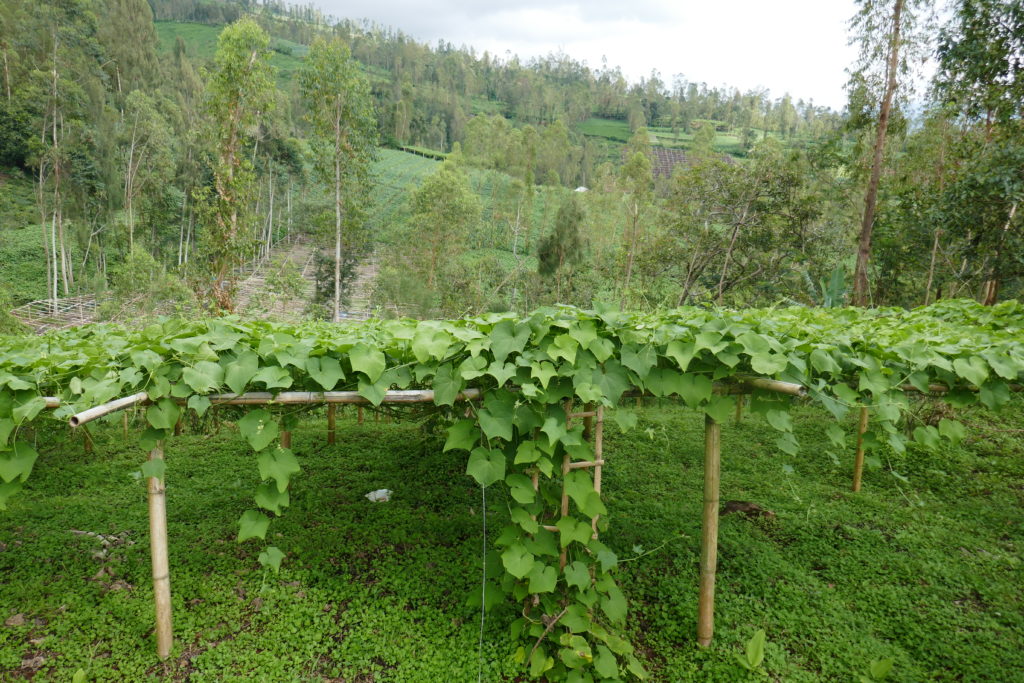
Slow Lorises and Farmers
Crop field in Cipaganti are used by javan slow loris as their habitat. Many of the slow lorises come to the chayote field because there are plenty of insect to eat. Some of the farmers already know that javan slow loris could reduce the insect pests who could harm their chayote. There are farmers that don’t use any chemicals to control the pests in their chayote field. That measure from the farmers is good for the chayote, because the chayote and the field could become organic. Organic crop field will maintain the occurrence of insects, while the insects would sustain the presence of the java slow loris there. – by Abid
